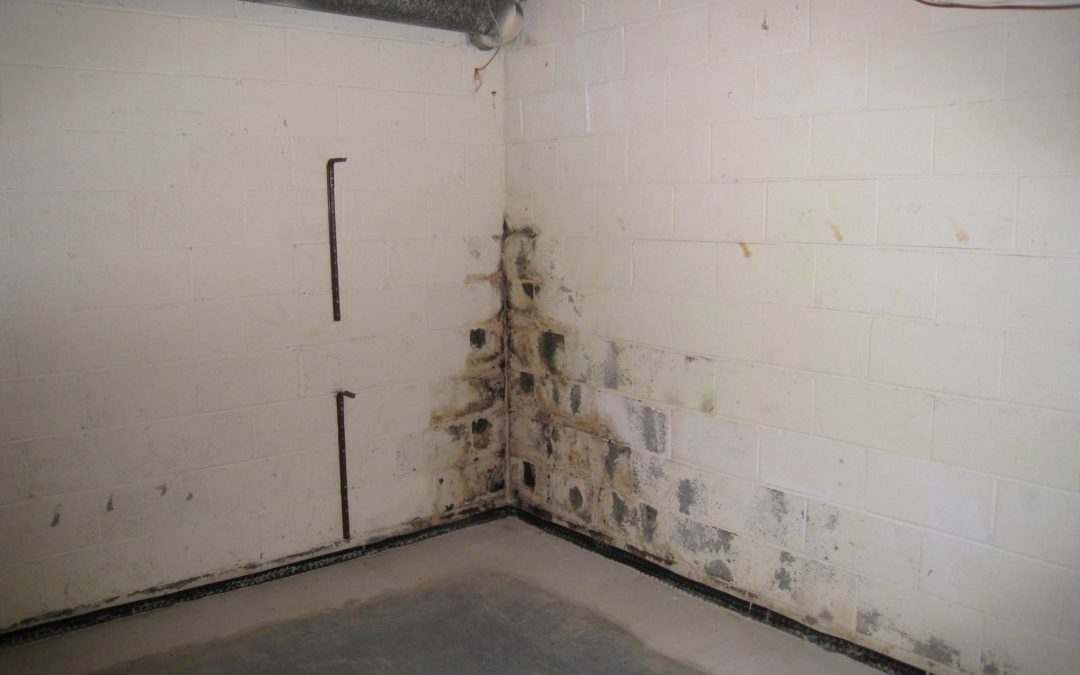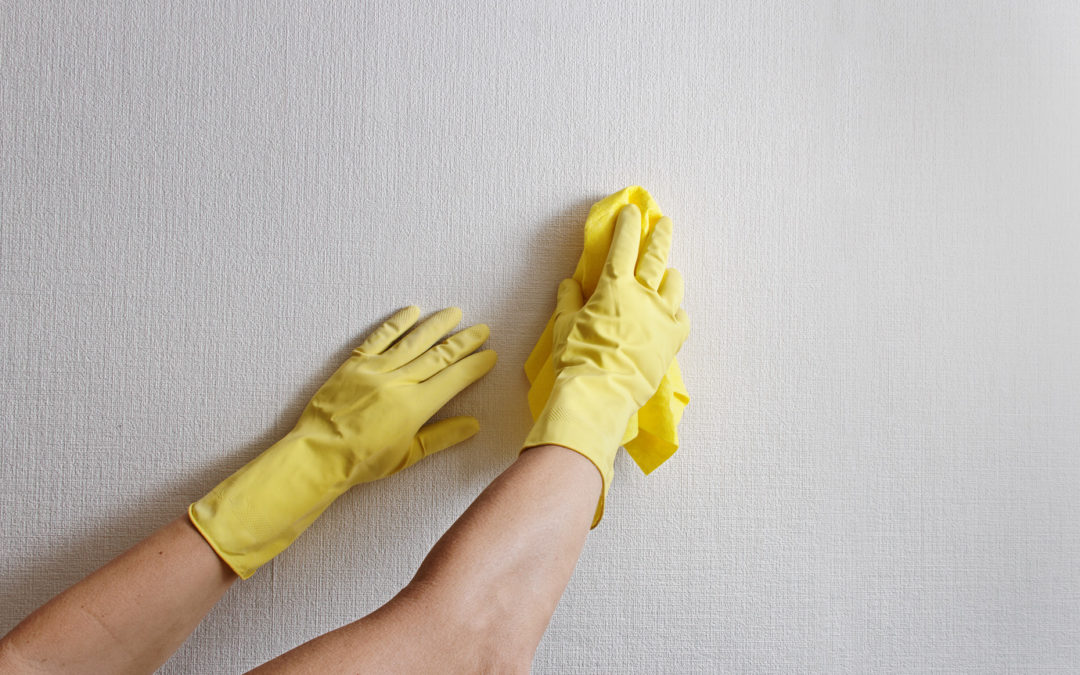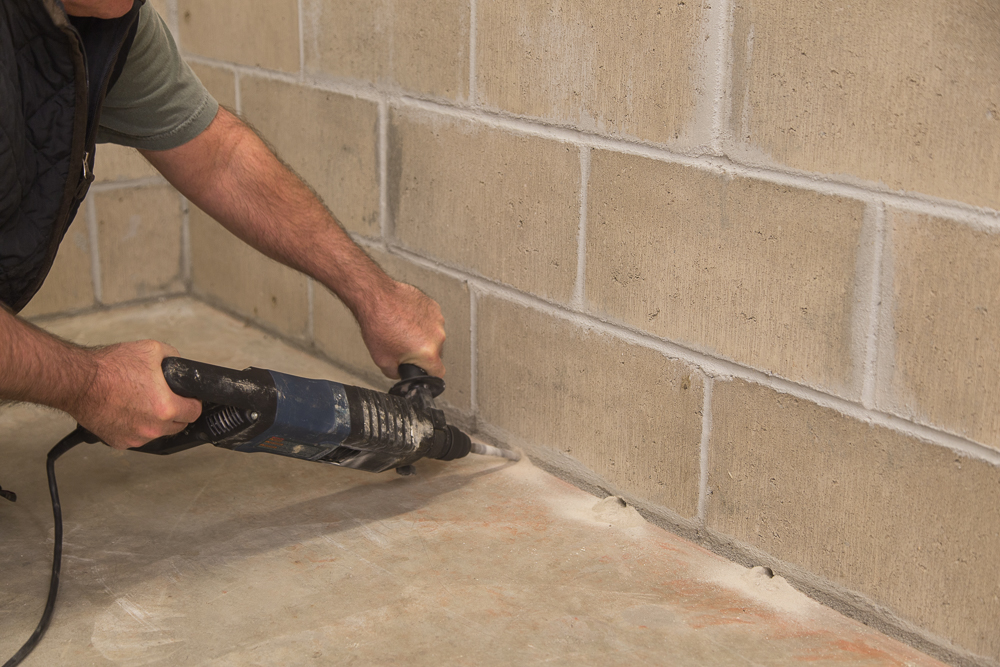
Do-it-yourself Waterproofing Tips
So what’s next after a heavy rain and your basement is flooded with water? The good news is surface water, wall seepage or back-flow from sewer lines typically causes little to no structural damage to your basement or foundation. The water inside the basement braces... 
Do-it-yourself Waterproofing Tips
The Hidden Threat Lurking in Your Basement Basement mold can transform from a small, hidden problem into a major crisis that threatens both property values and family health. What starts as a subtle musty odor or small dark patches can quickly escalate into a serious... 
Do-it-yourself Waterproofing Tips
A musty-smelling basement isn’t just an annoyance – it’s often a sign of underlying issues like excess moisture, mold growth, or poor ventilation. If left untreated, these issues can lead to long-term water and structural damage in your home, and... 
Do-it-yourself Waterproofing Tips
Water in your basement is more than just an annoyance – it’s a sign of a bigger issue: hydrostatic pressure. When excess water builds up in the soil around your home’s foundation, it creates pressure that pushes moisture through cracks in basement... 
Do-it-yourself Waterproofing Tips
There are several different signs of a wet basement. Checking your basement regularly for these signs will help you identify a leaky basement and address the problem before it becomes a major headache and a very expensive situation to remedy. 1. Water Stains Water... 
Do-it-yourself Waterproofing Tips
1. Not managing roof water run off The most commonly overlooked solution to a wet basement is actually found outside the home. Properly managing exterior water is always the first step when fixing a leaky basement. Having gutters installed with downspouts that take...







